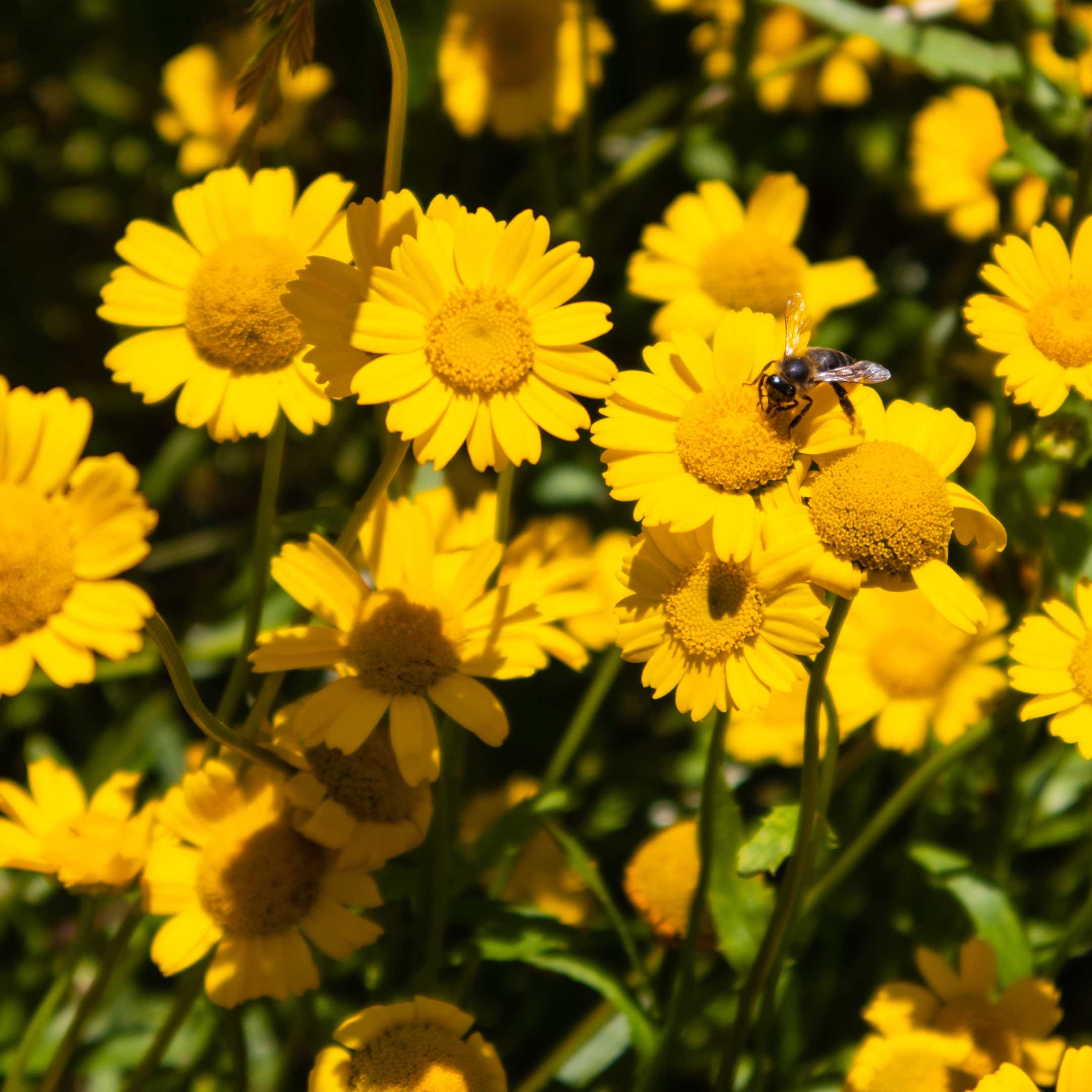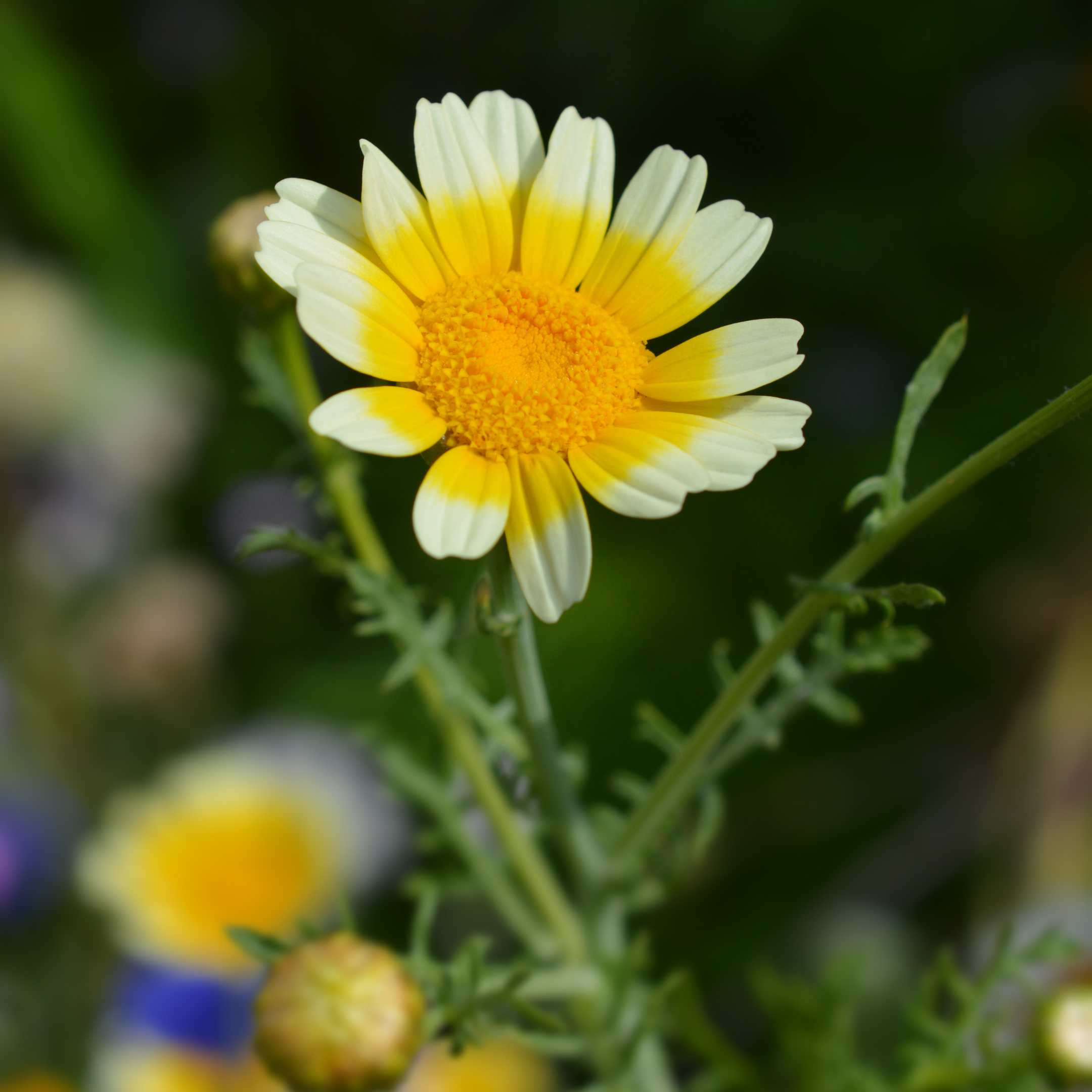Foraging Gozo. Sea Beet.
Sea Beet is found growing wild on Gozo and is a great alternative to chard.
Author of, Weeds For Health On Gozo, Heléna Szöllősy shares everything you need to know about the wild plants that make up Gozo’s unique and diverse flora. Enjoy learning about the healing benefits and many usages of Crown Daisy which flowers on Gozo from January till July.


Botanical Name: Glebionis coronaria - L. Synonyms: Chrysanthemum coronarium Family Name: Asteraceae or Compositae Maltese Name: Lellux Common Names: Chop-Suey Greens, Garland chrysanthemum, Chrysanthemum greens, Edible chrysanthemum, Shungiku Meaning of the Name: Glebionis, from Latin gleba, ’soil,’ and -ionis, ’characteristic of,’ of uncertain application coronarium, from Latin corona ’crown’; coronaria, used for garlands, or pertaining for garlands. Chrysanthemum (Plinius), from Greek chrysos ’gold’ and anthemon ’flower,’ referring to the colour of the capitula
A leafy herb, the garland crown daisy is one of the few annual plants in its genus. It has yellow ray florets grouped in small flower heads and aromatic, bipinnately lobed leaves.
On Gozo it flowers from January till July. The vegetable grows very well in mild or slightly cold climates but will go quickly into premature flowering in warm summer conditions. Seeds are sown in early spring and fall.

Want to learn what else you can forage on Gozo? Click here.
Author : Heléna Szöllősy. Editor: GITH

Helena is an expert on the medicinal properties of plants having trained in Herbal Medicine and Naturopathy, specialising in Phytotherapy including Homeopathy, Aromatherapy, Apitherapy and Bach Flower Therapy.
Information on the traditional uses and properties of herbs is provided in this book for educational purposes only and is not intended as medical advice. This information is not intended to be used to diagnose, prescribe or replace professional medical care. If you have any serious health concerns, you should always check with your healthcare practitioner before self-administering herbs. Please also undertake your own research when foraging. Some wild plants are endangered and are protected by law.
Sea Beet is found growing wild on Gozo and is a great alternative to chard.
Did you know Wild Asparagus Is really good for your skin? You can find it on Gozo all year round.
Wild Artichokes Are found growing wild on Gozo and super healthy for the liver.
Small White Clover, found growing wild on Gozo and known to be lucky makes a great pudding!